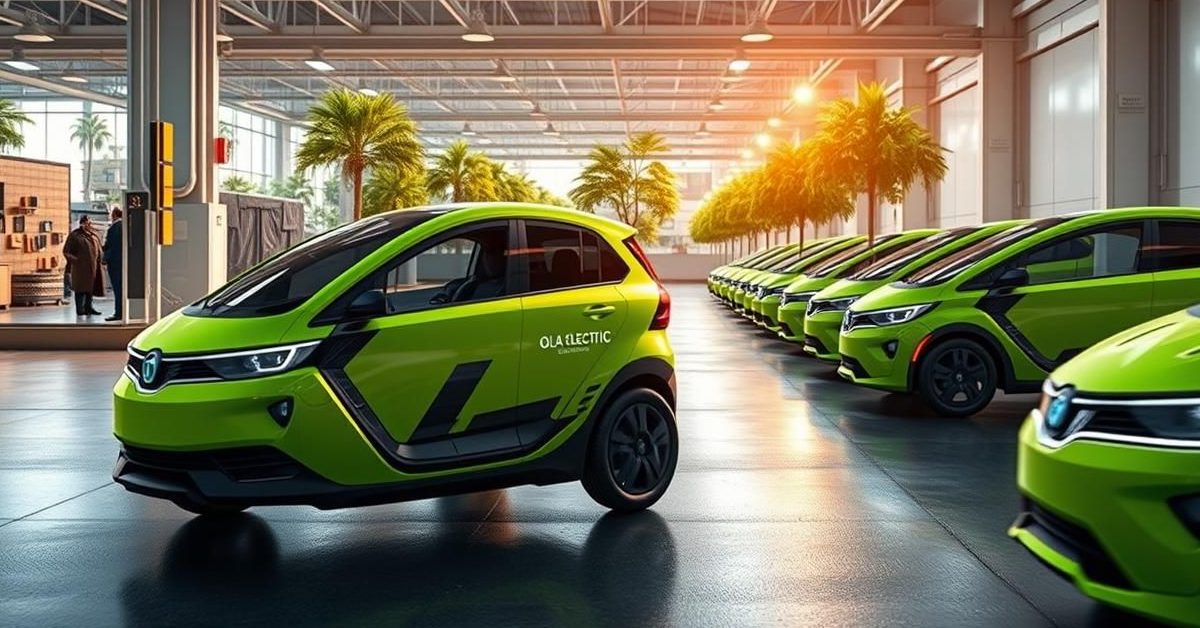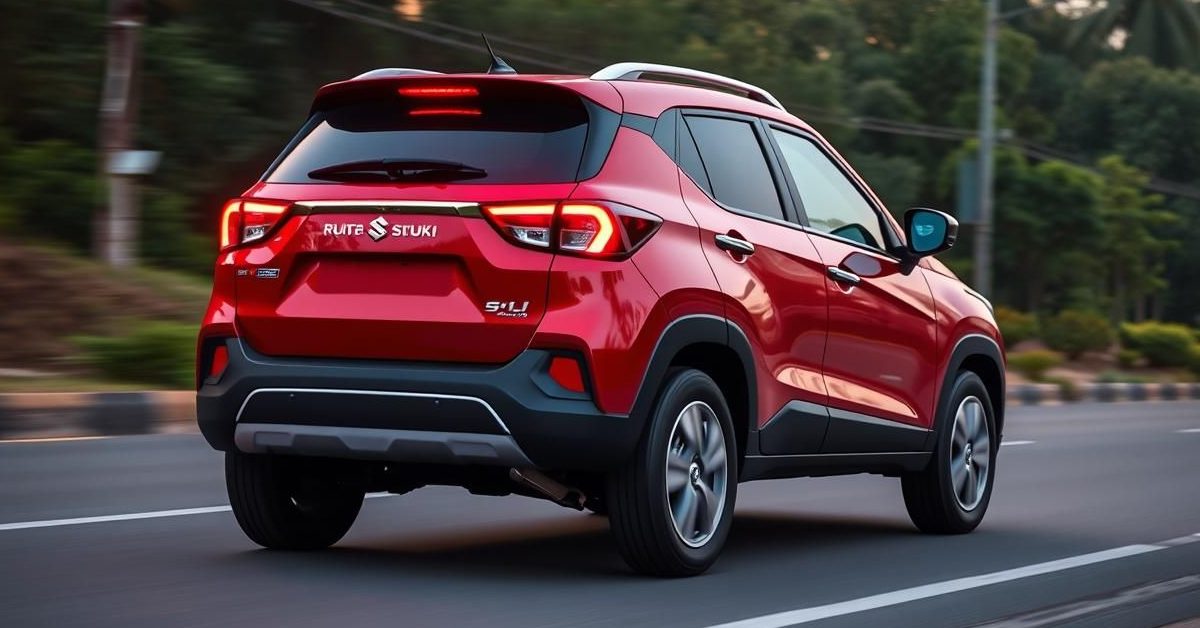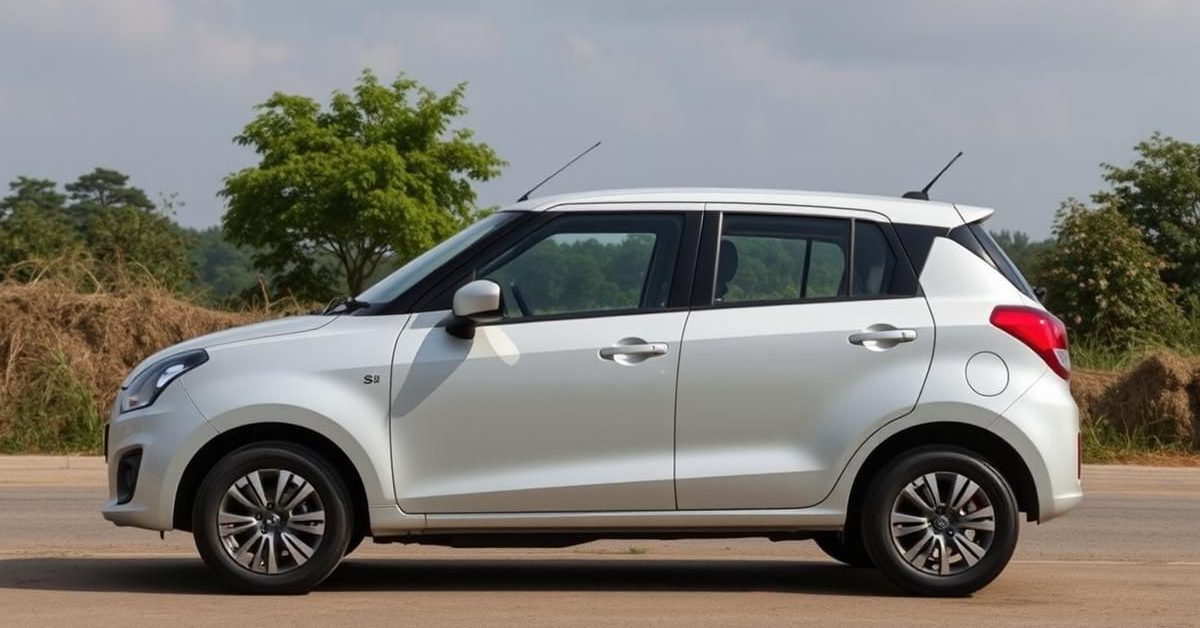Ola Electric has reported increased revenue in Q1 FY26, but also significantly wider losses, leading to delays and scaling back of its ambitious battery cell manufacturing plans.
A Mixed Financial Picture for Q1 FY26
In the first quarter of the 2026 fiscal year (April–June), Ola Electric saw its revenue rise by 35 percent, reaching Rs 828 crore. While this indicates growth, the company’s net loss also deepened to Rs 428 crore during the same period.
Total income stood at Rs 896 crore, but persistent high operating costs combined with sales figures that fell short of expectations resulted in a negative cash flow of Rs 143 crore. The electric vehicle (EV) segment continues to be the primary revenue driver, contributing Rs 826 crore, with the newer cell manufacturing vertical adding a modest Rs 3 crore.
Slipping Market Share and Sales
Ola’s financial challenges are compounded by a decline in its market share within the electric two-wheeler segment. After commanding over 34 percent of the Indian market in FY24, its share fell to 29.9 percent in FY25.
Even more recently, in Q1 FY26, Ola slipped to third place, trailing behind competitors TVS and Bajaj. The company reported sales of just over 68,000 vehicles during the quarter, which is nearly half the volume it achieved a year prior.
Strategic Shifts and New Technologies
Introducing Rare-Earth-Free Motors
To combat growing competition and uncertainties in the supply chain, Ola Electric is pivoting its strategy. The company plans to roll out rare-earth-free motors in its electric scooters starting from Q3 FY26.
This move is particularly significant given China’s tighter restrictions on the export of rare-earth magnets, which are critical components in many EV powertrains. Adopting this new technology could help Ola reduce its reliance on external suppliers and mitigate supply risks.
Battery Cell Plans Scaled Back
One of Ola Electric’s most ambitious projects, its battery cell manufacturing facility, has faced significant adjustments. The company has sharply scaled down its initial targets, now planning to limit its cell plant capacity to 5GWh until FY29.
This is a drastic reduction from the earlier goal of achieving 20GWh capacity by FY26. Such a significant revision puts Ola at risk of incurring a Rs 100 crore penalty under the government’s Production Linked Incentive (PLI) scheme for advanced chemistry cell manufacturing.
Despite these setbacks, Ola has commenced manufacturing its own 4680-format cells. These in-house produced cells are expected to start replacing supplier-sourced cells from the current quarter, signaling a step towards greater self-reliance in battery production.
- Ola Electric’s revenue increased in Q1 FY26, but net losses widened significantly.
- The company’s market share in electric two-wheelers has dropped, impacting sales volume.
- Ola plans to introduce rare-earth-free motors to reduce supply chain dependency.
- Battery cell production targets have been scaled down dramatically, potentially incurring a PLI penalty.
As Ola Electric navigates a dynamic and competitive EV market, its strategic shifts and operational challenges will be key to its future trajectory.













